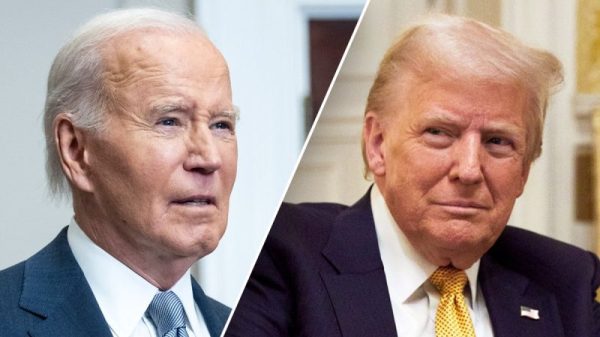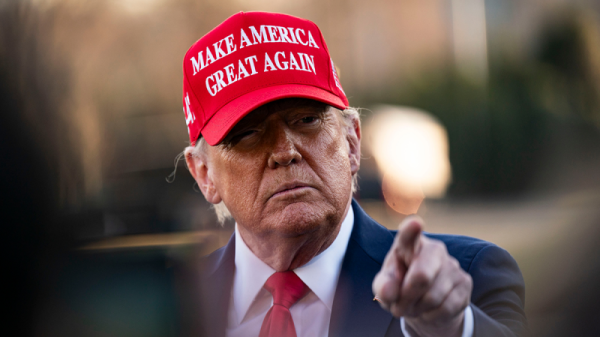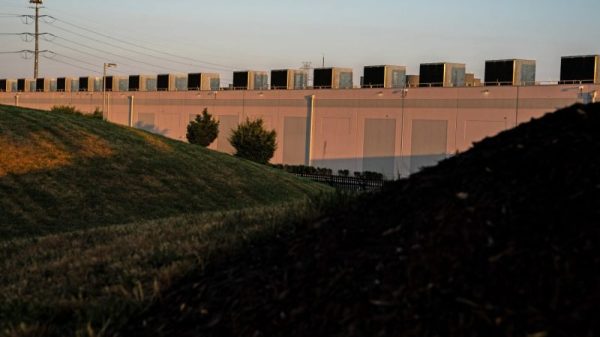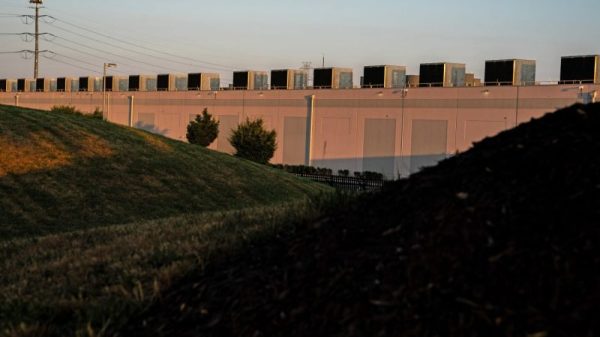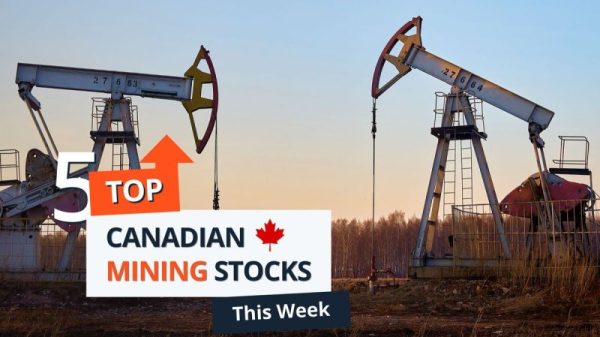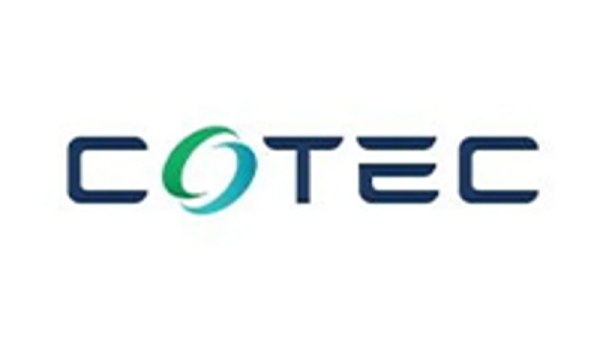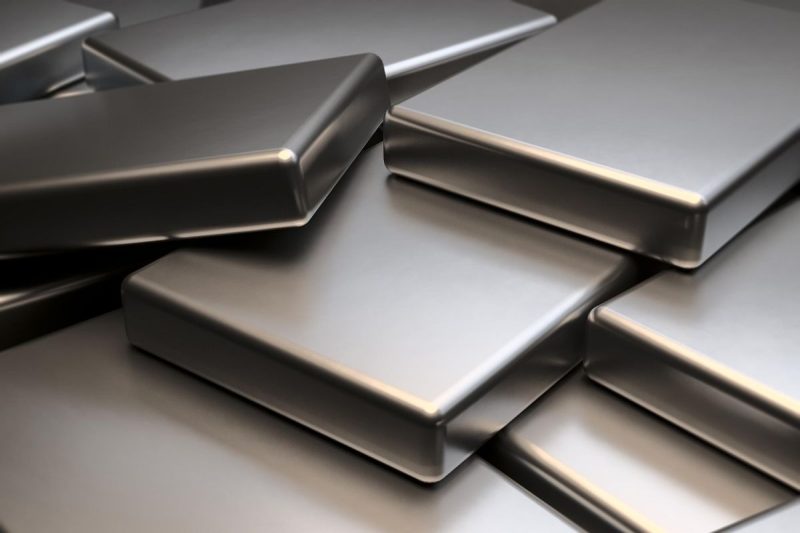The 17 rare earth elements (REEs) are as diverse as they are challenging to pronounce.
The group is made up of 15 lanthanides, plus yttrium and scandium, and each has different applications, pricing and supply and demand dynamics. Sound complicated? While the REE space is undeniably complex, many investors find it compelling and are interested in finding ways to get a foot in the door.
Read on for a more in-depth look at the rare earth metals market and the many different types of rare earths, plus a brief explanation of how to start investing in this arena.
What are the types of rare earths?
There are a number of ways to categorize and better understand REEs. For example, they are often divided into “heavy” and “light” categories based on atomic weight. Heavy rare earths are generally more sought after, but light REEs are of course important too.
Rare earths can also be grouped together according to how they are used. Rare earth magnets include praseodymium, neodymium, samarium and dysprosium, while phosphor rare earths — those used in lighting — include europium, terbium and yttrium. Cerium, lanthanum and gadolinium are sometimes included in the phosphor category as well.
One thing that is common to all the rare earths is that price information is not readily available — like other critical metals, rare earth materials are not traded on a public exchange. That said, some research firms do make pricing details available, usually for a fee.
What factors affect supply and demand for rare earths?
As mentioned, each REE has different pricing and supply and demand dynamics.
However, there are definitely overarching supply and demand trends in the sector. Most notably, China accounts for the vast majority of the world’s supply of rare earth metals. As the world’s leading producer, the Asian nation accounted for 210,000 metric tons (MT) of rare earths production in 2022, with the US coming in a very distant second at 43,000 MT.
The strong Chinese monopoly on rare earths production has created problems in the sector in the past. For instance, prices in the global market spiked in 2010 and 2011 when the country imposed export quotas.
The move sparked a boom in global rare earth metals exploration outside of China, but many companies that entered the space at that time fell off the radar when rare earths prices eventually sank again. Molycorp, once North America’s only producer of rare earths, is a notable example of how hard it is for companies to set up shop outside China. It filed for bankruptcy in 2015.
But the story didn’t end there — MP Materials (NYSE:MP), the company that now owns Molycorp’s assets, went public in mid-2020 in a US$1.47 billion deal, and a year later was a US$6 billion company. MP Materials is now the largest producer of rare earths in the western hemisphere, with a focus on high-purity separated neodymium and praseodymium oxide; a heavy rare earths concentrate; and lanthanum and cerium oxides and carbonates.
For its part, China no longer has REE export quotas in place. In 2014, the World Trade Organization ruled against them, and China removed the restrictions in 2015. Even so, concerns about China’s dominance resurfaced in 2019 and are ongoing as the US/China trade war continues and as supply chain stability grows in importance.
Outside of China, one of the world’s leading rare earths producers is Australian company Lynas (ASX:LYC,OTC Pink:LYSCF), which sends mined material for refining and processing at its plant in Malaysia.
Looking at demand, many analysts believe the need for rare earths is set to boom on accelerating growth from top end-use categories, including the electric vehicle market and other high-tech applications.
As an example, demand for dysprosium, a key material in steel manufacturing and the production of lasers, has grown as countries increase their steel standards. Aside from that, rare earths have long been used in televisions and rechargeable batteries, two industries that accounted for much demand before the proliferation of new technologies. Other rare earth metals can be found in wind turbines, aluminum production, catalytic converters and many of the high-tech products used every day.
As can be seen, securing rare earths supply is an increasingly important issue. In addition to traditional rare earths mining, there has been growth in the rare earths recycling industry, which aims to recover REE raw materials from electronics and high-tech products in order to reuse them in new ways. Exploring and extracting rare earth materials from deep-sea mud is one of the newest recovery methods, and it is gaining traction as more mining companies look offshore for resources.
How to invest in rare earths?
The possibility of higher rare earths prices in the coming years has been one of the catalysts for investors wondering how they can invest in rare earth materials. Unfortunately, those looking for exposure to the rare earth metals market do not have many options — buying physical rare earths is not possible, and few exchange-traded funds offer exposure to the metals.
For that reason, the most direct way to invest in the rare earths industry is through mining and exploration companies. While many such companies are located in China and are not publicly traded, there are still some that are accessible. Below is a selection of rare earths companies trading on the TSXV, TSX and ASX; all had market caps of over $50 million as of October 4, 2023.
Some small-cap REE companies are also listed on those exchanges. Here’s a list of rare earths companies listed on the TSXV, TSX and ASX that had market caps of less than $50 million as of October 4, 2023:
Securities Disclosure: I, Melissa Pistilli, hold no direct investment interest in any company mentioned in this article.

